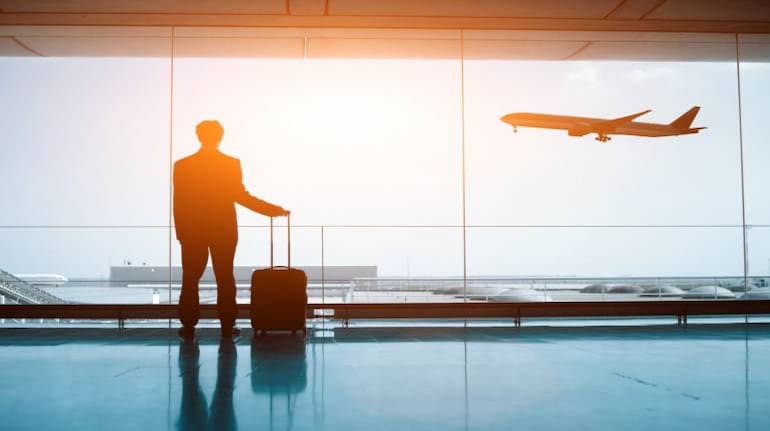



Dear Reader,
The Panorama newsletter is sent to Moneycontrol Pro subscribers on market days. It offers easy access to stories published on Moneycontrol Pro and gives a little extra by setting out a context or an event or trend that investors should keep track of.
The Indian domestic airspace is getting smaller with the merger of Vistara and Air India. The merger will be the biggest in India’s aviation sector.
The Tata Group on Tuesday announced the consolidation of Vistara with Air India by March 2024. According to the details of the merger reported in the media, Singapore Airlines (SIA), which currently holds 49 percent of Vistara, will invest Rs 2,059 crore to get 25.1 percent in the merged Air India.
The combined fleet of Air India (including Air India Express and AirAsia India) and Vistara will be 218 wide and narrow-body aircraft, making it the second-largest domestic player and the country’s largest international carrier. The airline will be serving 38 international and 52 domestic destinations. Air India will be the only Indian airline to fly both the full-service and low-cost fleets. The merger will be a win-win as it covers the entire spectrum of offerings and the only routes that overlap are between India and Singapore.
The merger will have an impact on the aviation sector in India. For a cash-strapped industry, Air India with the backing of SIA and the Tata Group will have money backing their venture. Reports say that the airline is likely to order 300 narrow-body jets, the largest orders ever in aviation history.
The promoters of Air India have agreed to participate in additional capital injections to fund the growth of the merged Air India over the next two years. Reports quoting SIA officials say the airline is looking at additional capital injection to the tune of $615 million, payable only after the completion of the merger.
After the merger, the Indian aviation market will largely be a duopoly with Air India and IndiGo sharing 80 percent of the market between them. Air India with a 30 percent share will be aggressively looking to penetrate IndiGo’s 50 percent market.
Air India has the advantage over IndiGo in the sense that it can poke into the latter’s market share with its aggressive pricing through its low-cost Air India Express while consolidating its position in the full-service segment through Air India and Vistara offerings. The one-two combination of Air India will make growth difficult for IndiGo. In any case, in the fight of elephants, the smaller airlines will have a tough time surviving leaving the skies open to the two players to battle it out.
In the end, strategy and access to funds will decide the winner of the upcoming dogfight.
Investing insights from our research team
Nifty at life-time highs – Time to stay put or book the gains?
Uniparts India IPO: A quality play at attractive valuations
CCL Products: Earnings growth on the back of capacity expansion
What else are we reading?
As Nifty soars, has market 'adequately' considered all risk factors?
AIIMS ransomware attack deserves parliamentary scrutiny
What Q2 GDP will tell us about the structure of Indian economy
China turmoil is an opportunity for India
Price caps on oil won’t achieve much
China's crisis gives OPEC an excuse to cut oil production
The political implications of BJP’S Muslim outreach
India’s accelerating green energy transition will cut emissions faster than official targets
The link between return to old pension system and slowdown in bank deposit growth
Doesn’t anyone do due diligence any more? (republished from the FT)
Migrant workers face worse choices than building World Cup stadiums
How Donald Trump could win the 2024 Republican nomination
Mudra yojana’s success is a result of reposing faith in small businesses, ordinary people
Nepal Elections | China pushes Kathmandu's Left to keep US at bayTechnical Picks: Cipla, Gold mini, Cipla, Shree Digvijay Cement, and ICICI Prudential Life Insurance Company (These are published every trading day before markets open and can be read on the app).
Shishir Asthana
Moneycontrol Pro
Discover the latest Business News, Sensex, and Nifty updates. Obtain Personal Finance insights, tax queries, and expert opinions on Moneycontrol or download the Moneycontrol App to stay updated!
Find the best of Al News in one place, specially curated for you every weekend.
Stay on top of the latest tech trends and biggest startup news.